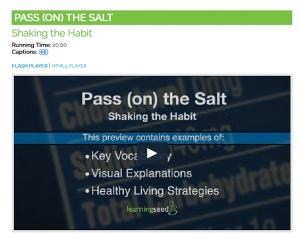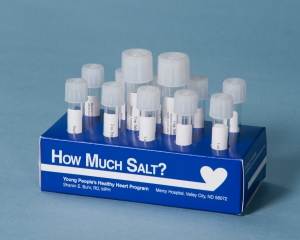Which Grains Contain Too Much Salt?
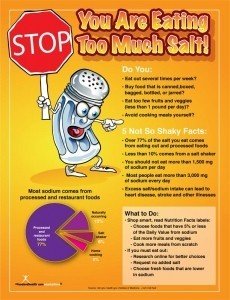 Americans currently consume too much sodium.The Dietary Guidelines for Americans, MyPlate, the Centers for Disease Control and Prevention (CDC) and the National Institutes of Health (NIH) all agree. I know this isn't news, for you or for your clients.But where does that sodium come from?It turns out that quite a lot of excess sodium in the American diet comes from processed grain foods.Check out the chart below -- 33.2% of the sodium is from some kind of grain product, and that's not even counting the "all other food categories" section.
Americans currently consume too much sodium.The Dietary Guidelines for Americans, MyPlate, the Centers for Disease Control and Prevention (CDC) and the National Institutes of Health (NIH) all agree. I know this isn't news, for you or for your clients.But where does that sodium come from?It turns out that quite a lot of excess sodium in the American diet comes from processed grain foods.Check out the chart below -- 33.2% of the sodium is from some kind of grain product, and that's not even counting the "all other food categories" section.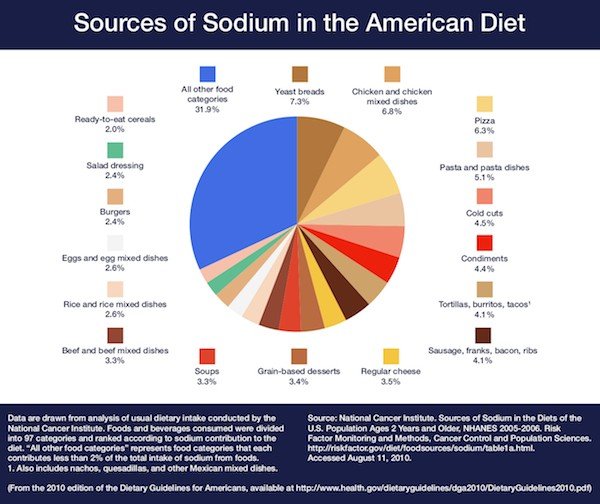 The Dietary Guidelines for Americans recommend that people "Reduce daily sodium intake to less than 2,300 milligrams (mg) and further reduce intake to 1,500 mg among persons who are 51 and older and those of any age who are African American or have hypertension, diabetes, or chronic kidney disease." Where better to start than by reducing their intake of sodium-laden refined grains?But which grains contain the most sodium? Which exclusion will offer the most bang for the buck? Let's take a look at the research...
The Dietary Guidelines for Americans recommend that people "Reduce daily sodium intake to less than 2,300 milligrams (mg) and further reduce intake to 1,500 mg among persons who are 51 and older and those of any age who are African American or have hypertension, diabetes, or chronic kidney disease." Where better to start than by reducing their intake of sodium-laden refined grains?But which grains contain the most sodium? Which exclusion will offer the most bang for the buck? Let's take a look at the research...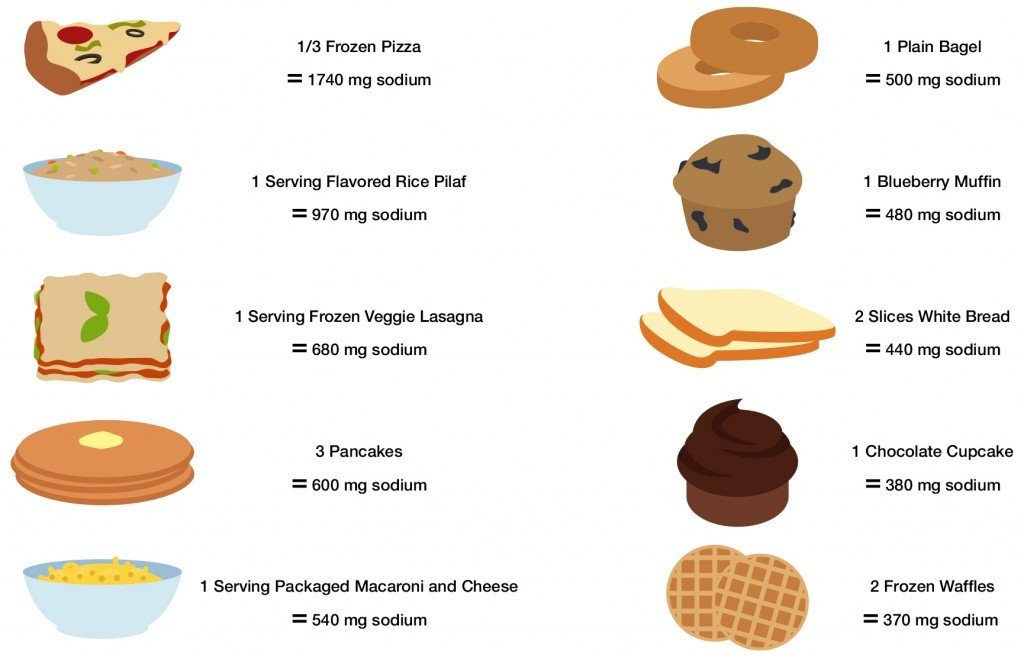 For another visual guide to the sodium content of various grain foods, check out the How Much Salt Is In That? Poster. It presents a fantastic rundown of high-sodium products, and comes with an amazing free handout as well. Check it out!
For another visual guide to the sodium content of various grain foods, check out the How Much Salt Is In That? Poster. It presents a fantastic rundown of high-sodium products, and comes with an amazing free handout as well. Check it out!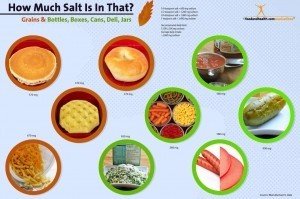 When you make grain foods at home, you can cut the sodium levels way down. Cooked whole grains like oatmeal, brown rice, and barley are all great sources of nutrients without all that salt. Here is a quick rundown of common grains you can cook yourself, along with their sodium content. Compare these to the charts above!
When you make grain foods at home, you can cut the sodium levels way down. Cooked whole grains like oatmeal, brown rice, and barley are all great sources of nutrients without all that salt. Here is a quick rundown of common grains you can cook yourself, along with their sodium content. Compare these to the charts above!
- Brown Rice: 0 mg
- White Rice: 0 mg
- Barley: 0 mg
- Rolled Oats: 0 mg
For further comparison, low-sodium grain products often have far less sodium than their high-sodium regular counterparts.
- Low-Sodium Bread: 0 mg
- Low-Sodium Crackers: 65 mg
And of course I wouldn't leave you without a little freebie. Get your very own copy of the sodium content chart today, at no cost! You can use it to inspire your clients and help them reduce their salt consumption.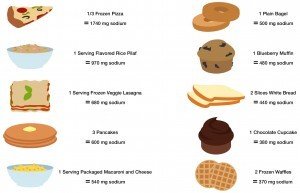 There are tons of other sodium reduction resources available in the Nutrition Education Store too!
There are tons of other sodium reduction resources available in the Nutrition Education Store too!